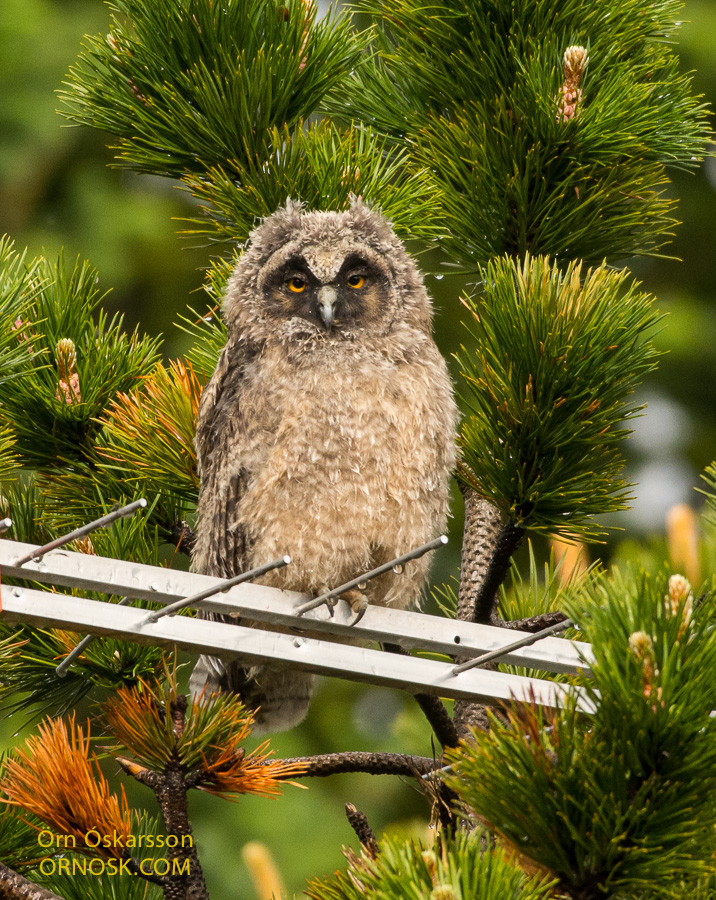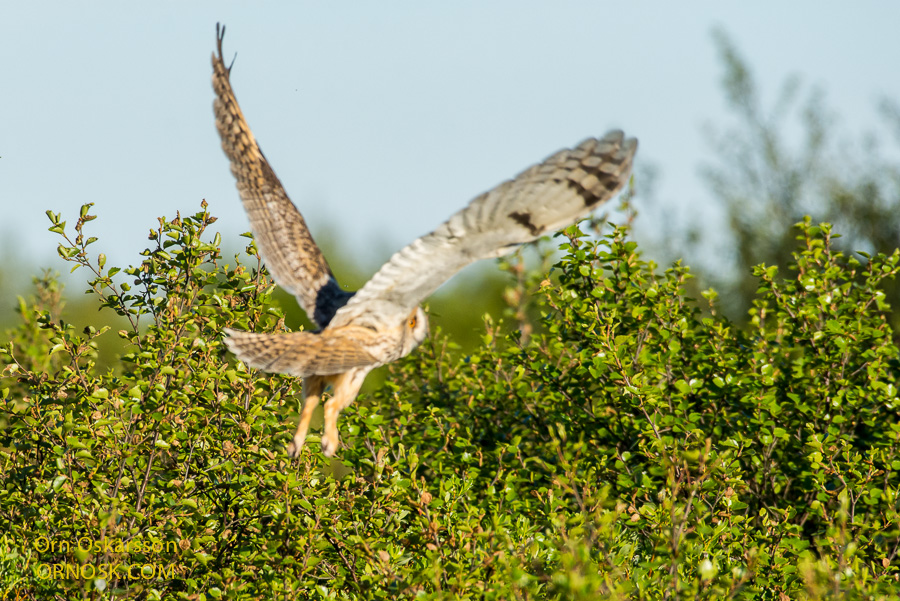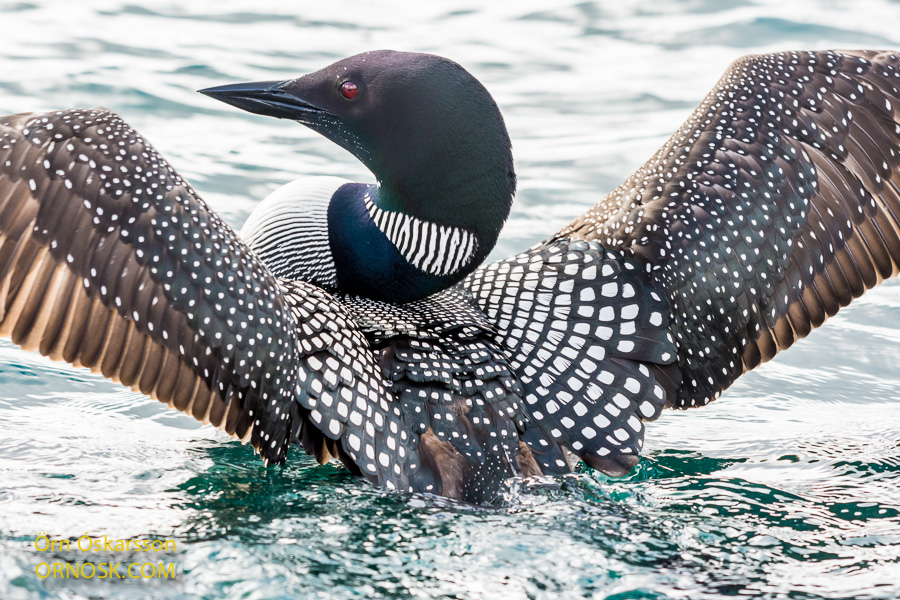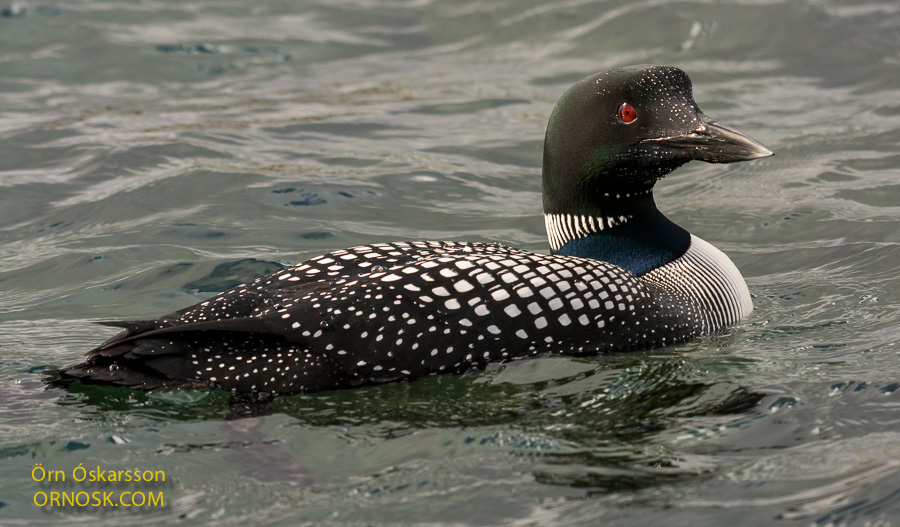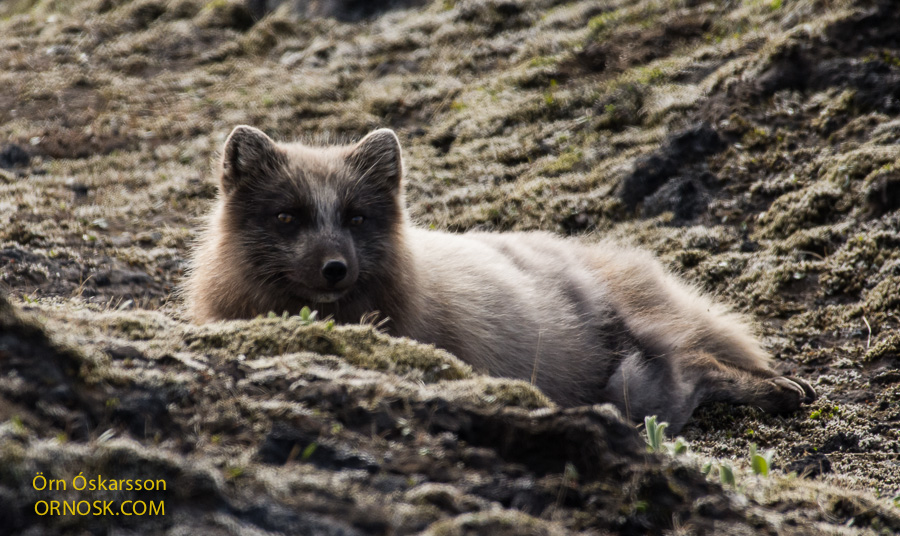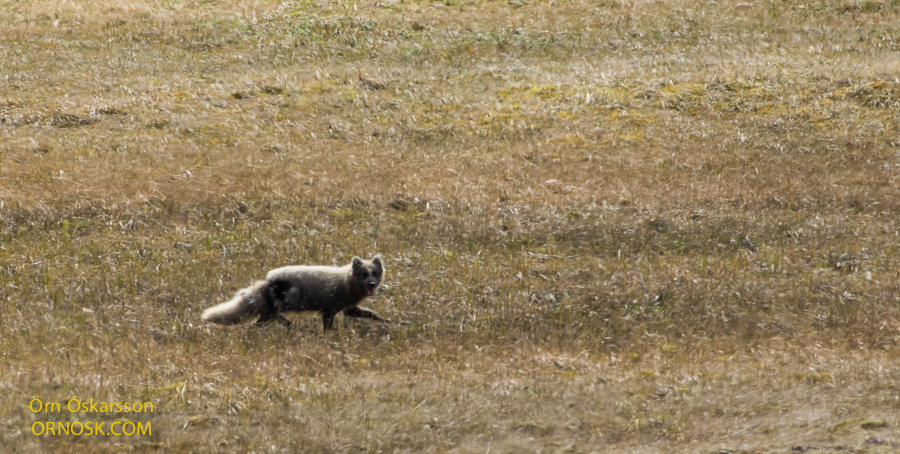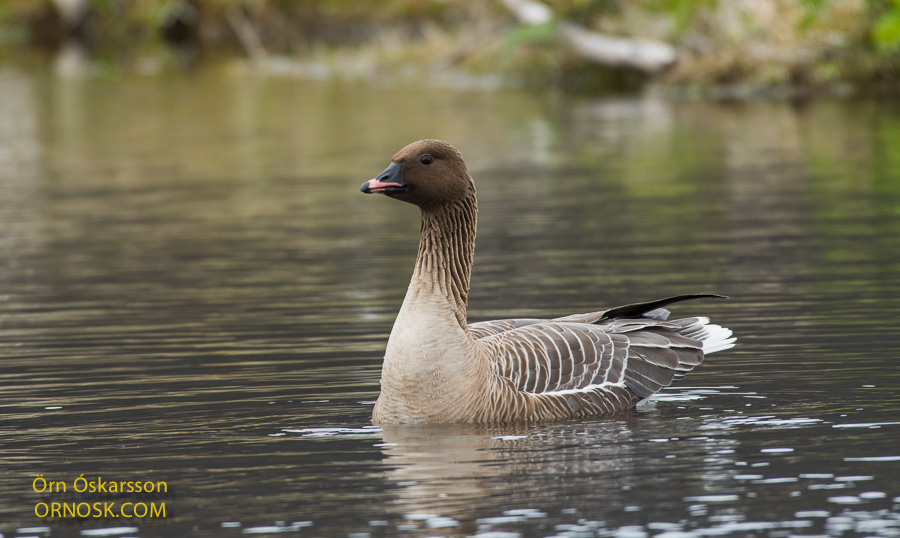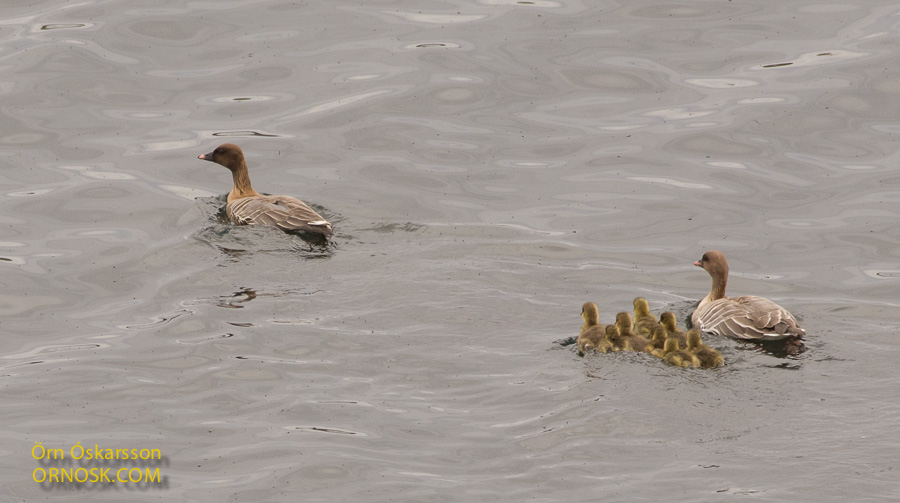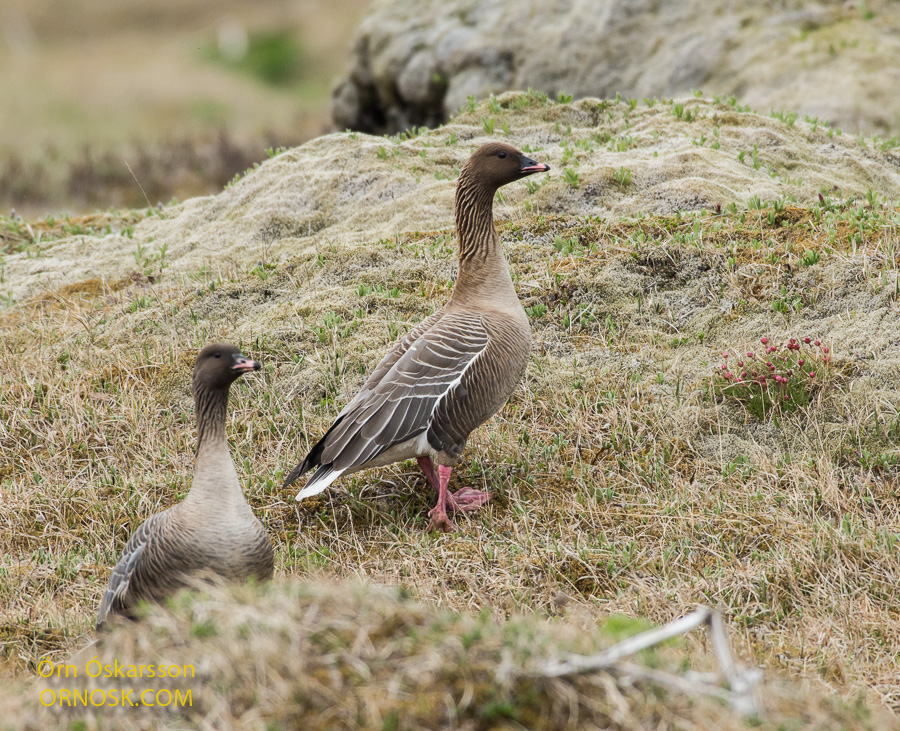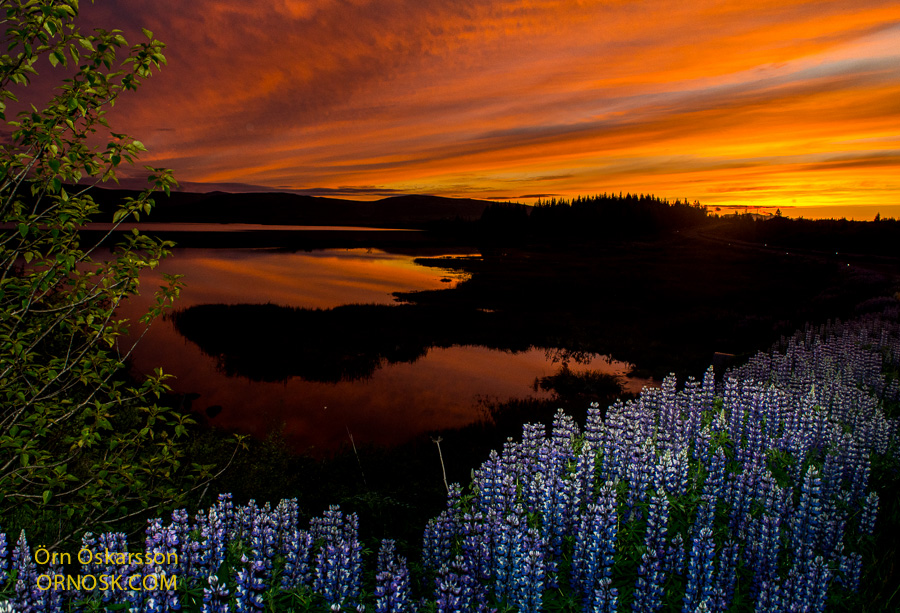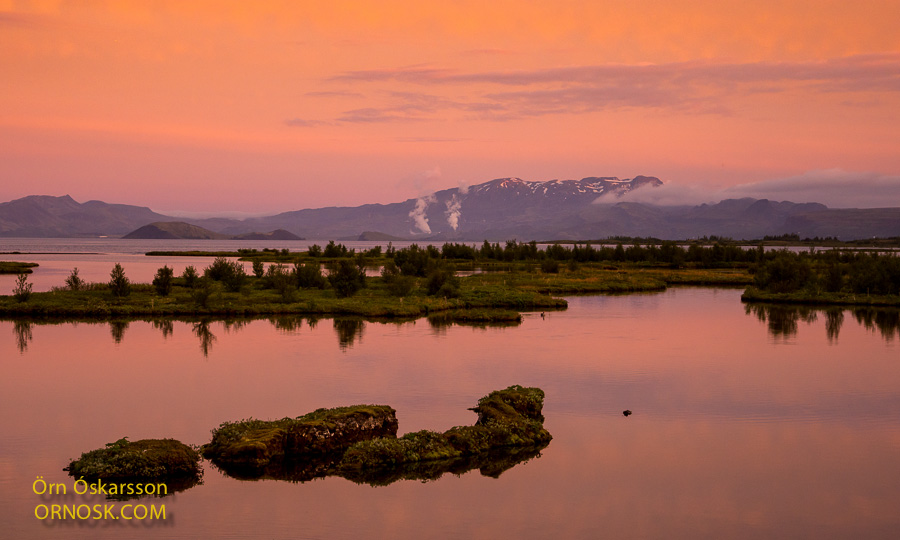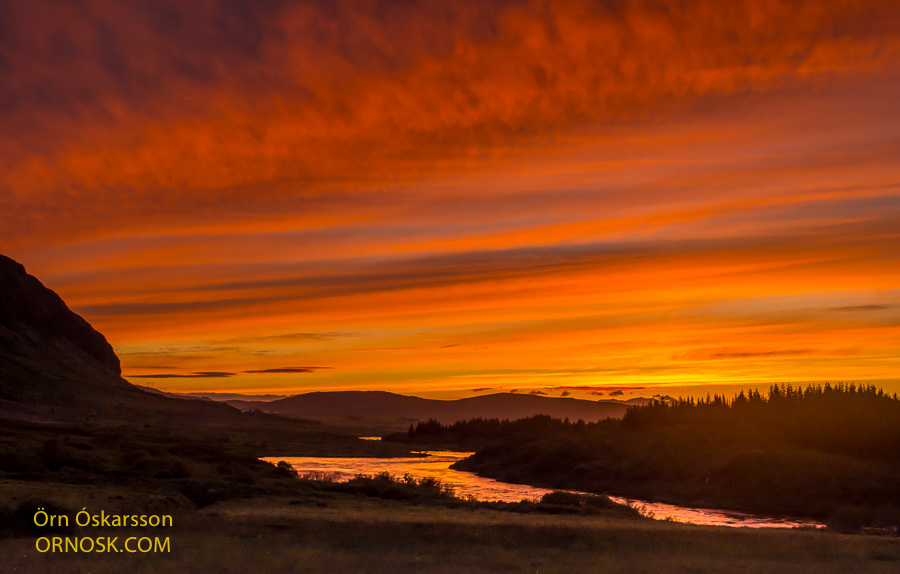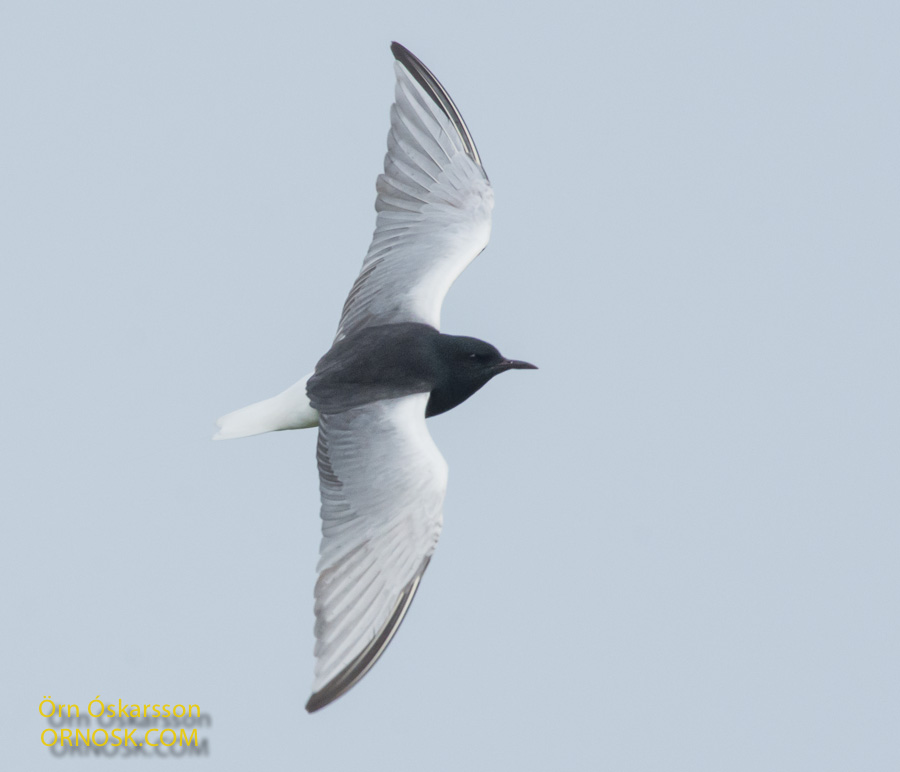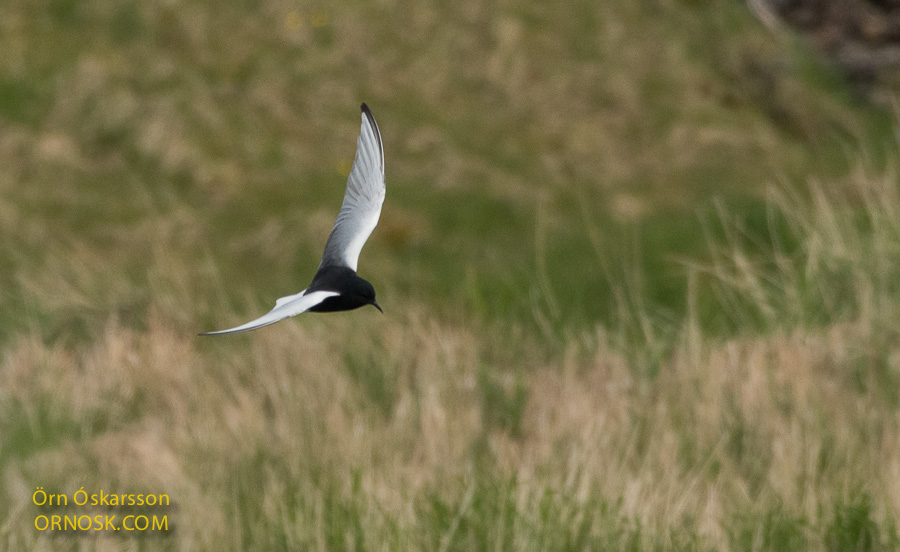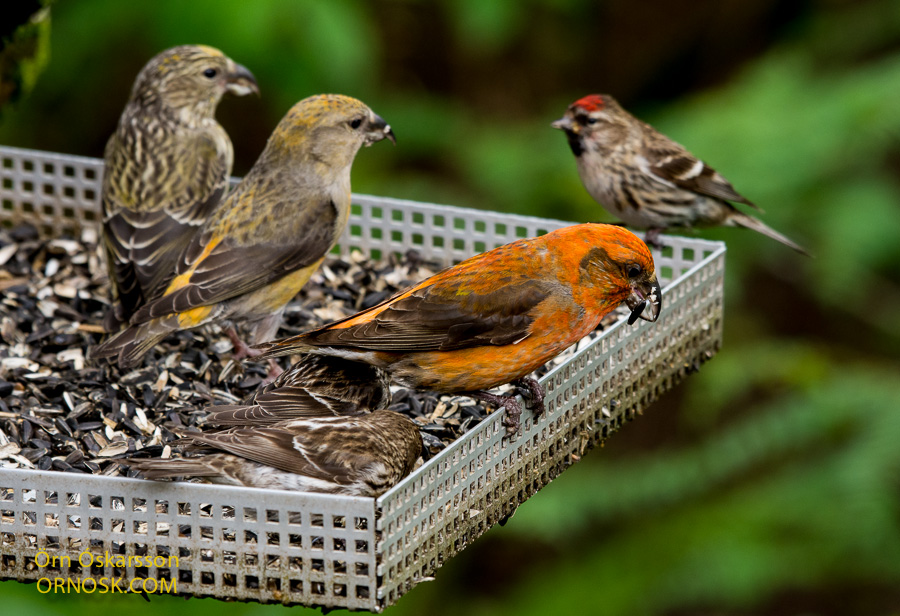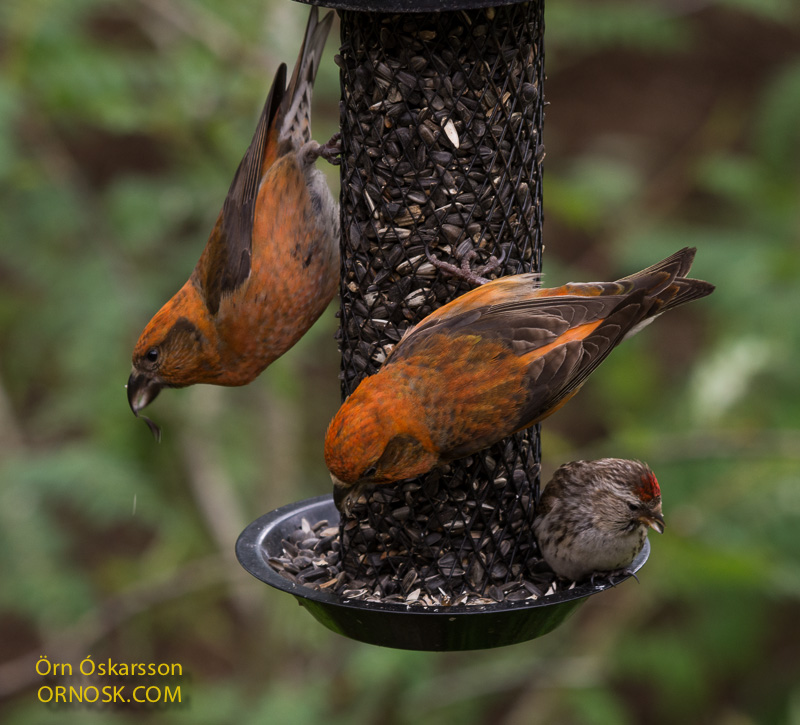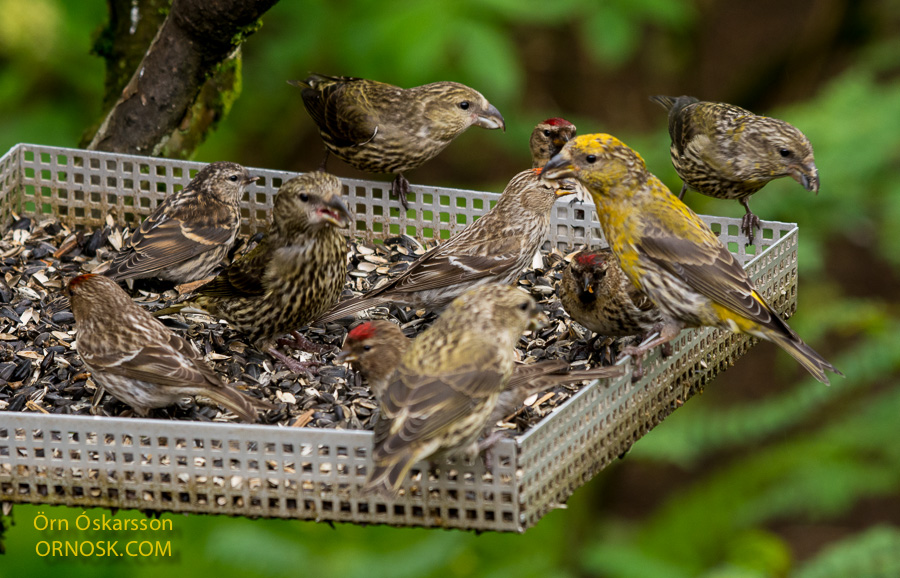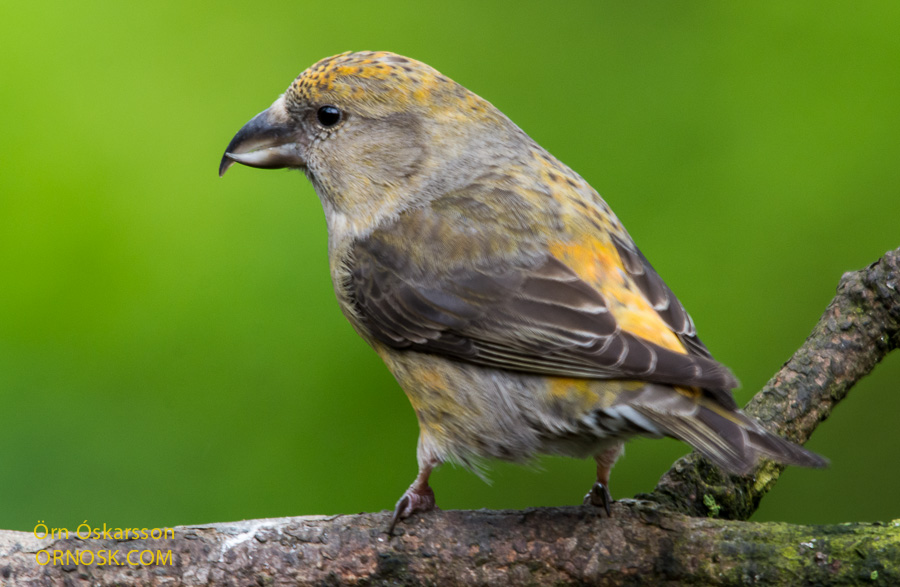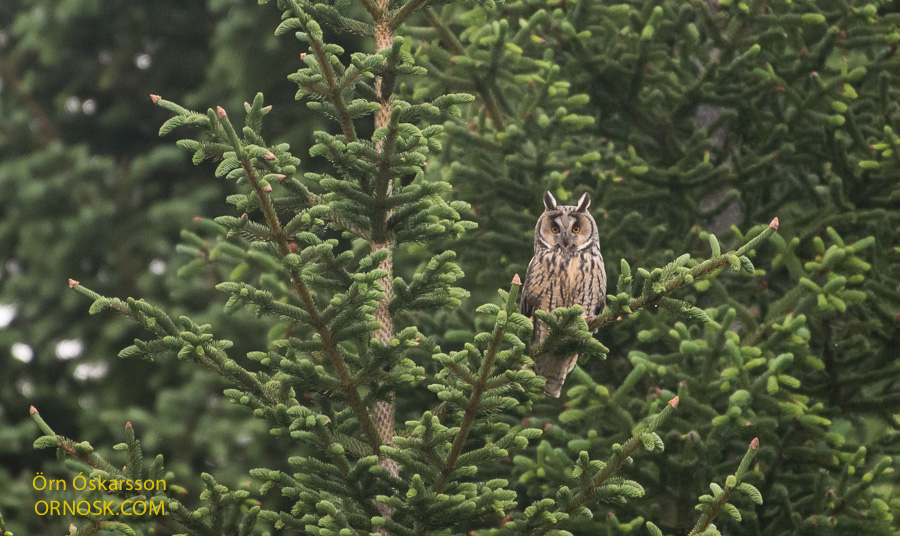
With growing forests there are more instances of Long-eared Owls breeding in Iceland. These birds that were mostly migrants have now become native. In 2003 the first breeding of a Long-eared Owl was recorded but it is believed that breeding started there a few years earlier.
The Long-eared Owl mostly eats mice, chicks and small birds. Owls are night creatures and the best chance of seeing one is in the twilight when they are hunting for food for their young ones.
This summer we have seen Long-eared Owls several times in forests in the South and twice a few chicks. This will probably be a good year for owls.

